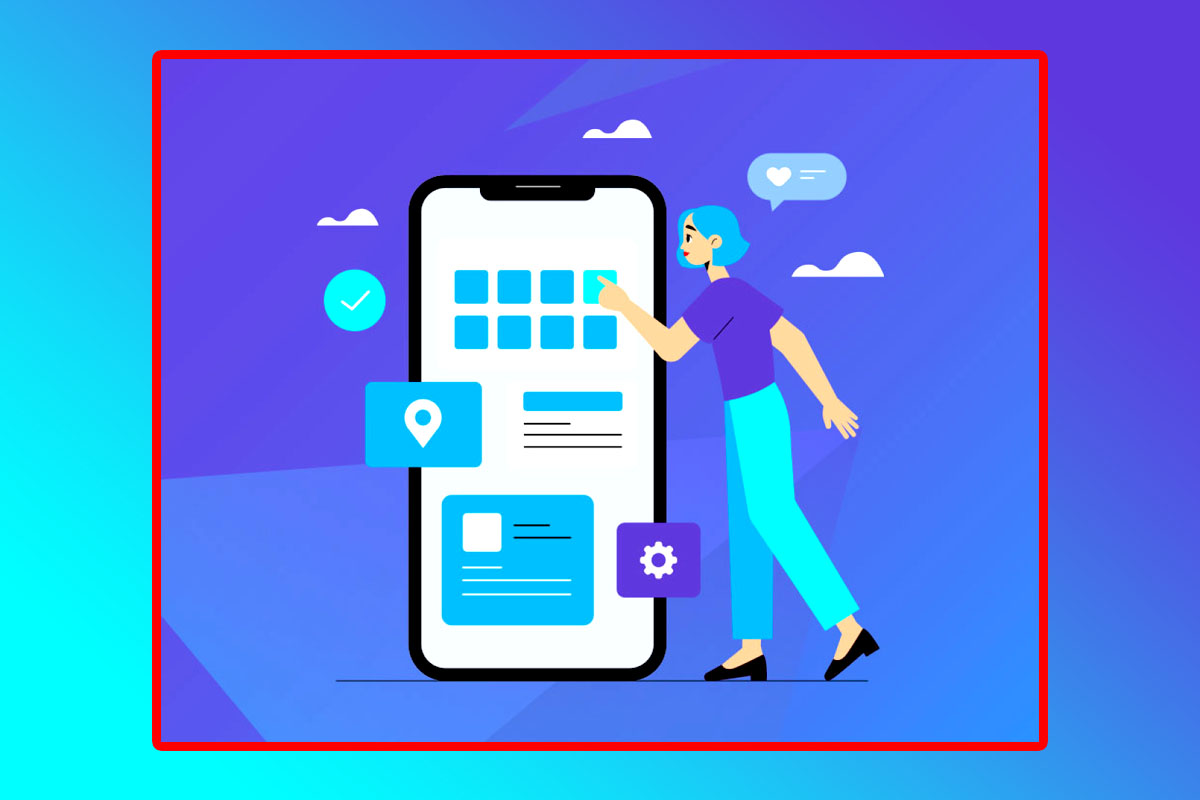Choosing The Appropriate Mobile App Source Code Is One Of The Most Important And Vital Steps In The Development Process As It Affects The Productivity Of The Whole Project. If You Are A Developer And Want To Develop Your Application In Less Time Or If You Are A Business Entity Who Wants To Come Up With A Product In The Market Within The Shortest Time Possible, Then Follow These Simple Steps As A Guide In Selection Of The Most Appropriate Mobile App Source Code.
1. Define Your Project Requirements
Target Platform: Choose If Your App Will Be For iOS Only, Or Android Only, Or You Will Be Making An App For Both Simultaneously. There Are Source Codes Which Execute Only On One Platform, And There Are Source Codes That Can Be Used In Any Platform.
Core Features: Enumerate The Requirements That Your App Cannot Do Without. This Will Assist In Vending Out Unwanted Source Codes That Do Not Match Your Demand.
User Experience: Think About The Design And Flow That You Wish To Have In Your Development. In This Regard, It Should Be Said That The Source Code Should Correspond To The Intended User Interface And The User Experience.
2. Evaluate Code Quality
Readability And Documentation: Some Characteristics Of Source Codes Should Include Some Characteristics Of Source Codes The Source Codes Should Be Documented Source Code Should Be Easy To Read Such That It Will Be Easier To Comprehend, Modify, And Sustain.
Modularity: When Selecting The Source Code, You Should Choose The Ones, That Are Divided In Terms Of Logic. This Makes Future Changes And Upgrades Easier And Less Troublesome.
Code Reviews: Search For Any Feedback Or Opinions From Other Developers Who Has Engaged The Usage Of The Source Code. This Feedback Can Also Give Clues As To Either Possible Problems Or Indeed, Possible Benefits.
3. Look For Frequent Update And Support
Active Development: This Should Always Be Updated To The Latest Versions To Provide Support To The New Os Versions, Security Patches And Other Enhancements.
Community And Developer Support: Always Go For Source Codes That Are Well Supported Or Backed Up By The Original Authors. This Is Very Useful To Seek For Assistance Or To Check On Something That Needs To Be Fixed Or Replaced.
4. Discussion For Licensing And Legal Issues
License Type: Know The Type Of License Regarding The Code Of The Source. Some Licenses Come With Usage Constraints, Modification, Or Even Distribution.
Third-Party Integrations: Ensure That All Third-Party Libraries Or Tools That Have Been Incorporated In The Source Code Have Appropriate Copyrights And Are Up To Date.
5. Assess Customization And Scalability
Customization Potential: Make Sure That Source Code Is Somehow Malleable So As The Requirements Of Your Particular Project Require.
Scalability: If Thinking About Employing The App’s Scale-Up In The Future, It Is Crucial To Note That The Code Has To Be Scalable. This Implies Data Management, Integration Of Api, And Other Aspects Of Architecture.
6. Test Before You Commit
Demo And Trial: Most Of The Platforms Provides Demo Or Trial Version Of Source Codes For The Users. Make Use Of These Ones For Probing The Functionality Of Post-Purchase Products, Its Design Appeal, And The Ease With Which One May Modify The Product.
Performance And Security: Verify If There Are Any Issues Of Efficiency In The Program Or Any Weakness In The Security Of The Source Code. Any Weak Functionality Or Problems With Security Can Be Quite Expensive To Address Later On.
7. Budget Considerations
Cost Vs. Value: Some People Prefer Using A Product Due To Cost, But Do Not Think Of The Quality It Offers. Sometimes To Get The Best Software One Has To Pay A Little More Not Only For Quality Code But Also For Support.
Long-Term Costs: Take Into Account Possible Expenses Linked To The Source Code In The Future: Its Further Modification, License Costs If Necessary, Etc.
8. Integration With Existing Systems
Compatibility: Make Sure That The Source Code Is Friendly And Can Quickly Be Merged With Other Services You Have In Place Such As The Backend, Databases, Or Other Apis.
Technical Stack: Make Sure That The Source Code Does Not Use Tools That You Do Not Have In Your Technical Stack. This Covers The Languages, Frameworks, And Tools That Your Team Is Already Employing In Development.
Conclusion
Selecting A Right Mobile App Source Code Is A Decision That Has To Be Made Based On The Needs Of A Certain Project, The Quality And Adaptability Of The Source Code, And Its Further Development. With Help Of These Steps, You Can Select A Source Code That Will Be Enough To Satisfy Your Current Needs And Be Further Developed To Meet The Needs Of The Further Upgrades Of Your App.


Comments (0)